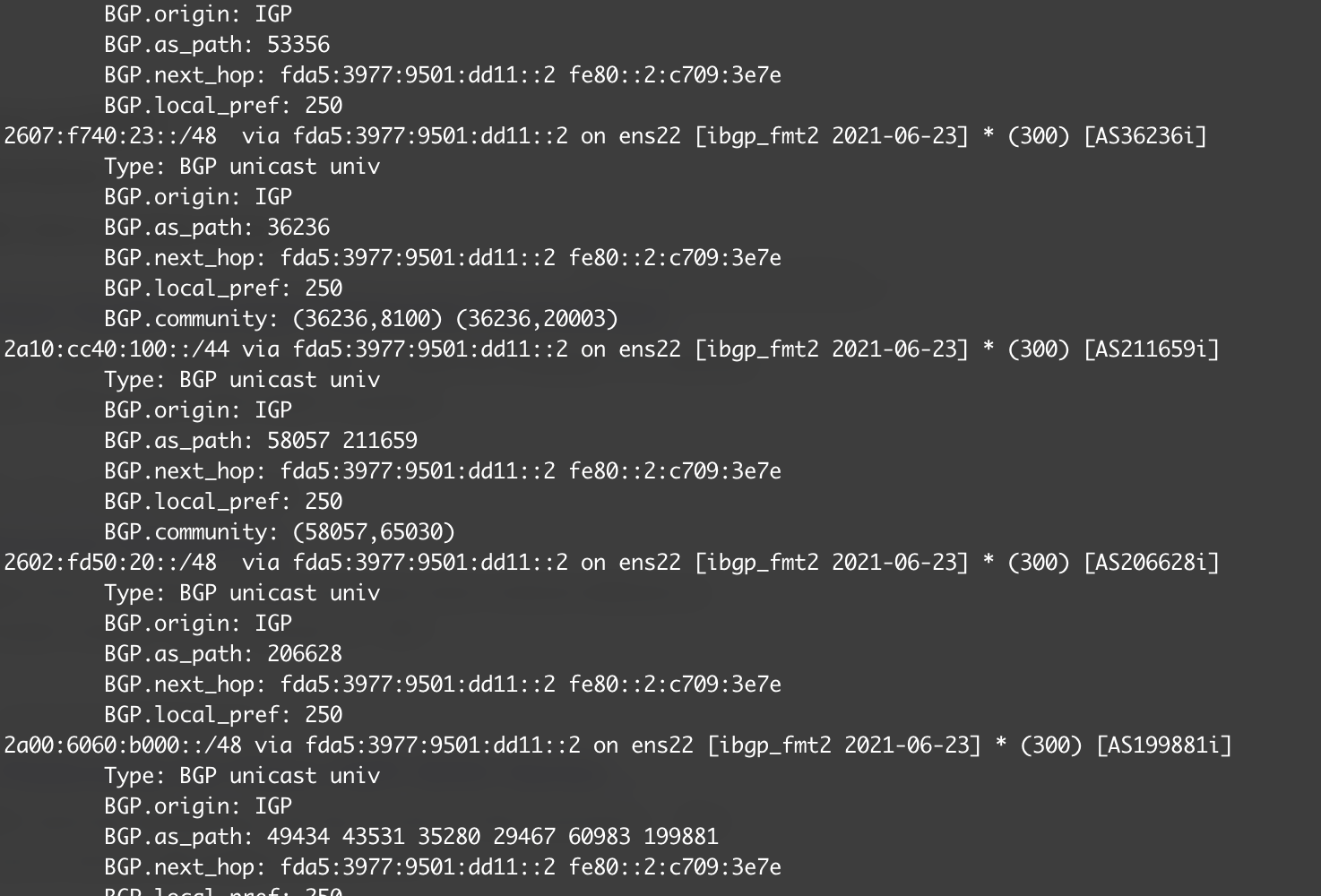How Advanced Routing and IPv6 lower latency and increase speed
Posted July 2, 2021 by Preston Louis Ursini

The amount of latency, or amount of time it takes a request on the Internet to make a round trip from a server to your computer, or between two computers, is determined by a litany of factors.
Fiber-Optics offer lower latency connections between you and your service provider, but the medium your data moves through isn't the only variable at play. The distance between two computers, and the path they take often times plays a larger role.
If you're in Paducah, Kentucky, and your destination server is in Nashville, TN, your packets may be sent to Chicago, Atlanta, New York, St. Louis, and then back to you. This is a by-product of Internet routing within the DFZ (Default Free Zone).
There is no core to the Internet, only networks speaking to other networks, and in the Default Free Zone, all networks have a specific route to all other networks; these routes are traded between networks over BGP and often times that route means traversing through multiple service providers to reach your destination.
BGP, also known as Border Gateway Protocol, doesn't take geographic regions into account when determining the best path for traffic to take, it weighs routes based on the number of ISPs, or Autonomous Systems, between two locations and picks the shortest path.
A shorter route however isn't always the fastest, and if we see that another route offers better speeds and latency, we can configure our routers to prefer one peer over another; and tune our route servers accordingly. We can also instruct our peers to prepend our ASN (Autonomous System Number) to specific peers, giving the appearance to other Autonomous Systems that we are more hops away than we really are when selecting a certain route. This will force routers to prefer the faster path.
IPv6 further assists in this by allowing prefixes as small as a /48 to be advertised in the Default Free Zone. As we can readily assign a /48 to a customer, and tune their routing preferences in a way that benefits them the most, we're able to personalize their experience that is unique to their needs. The equivalent IPv4 address block (/24) is depleted from the free pool and thus prohibitive to obtain for most users; it is also likely to become deprecated over time, which is why our network is engineered for IPv6 first.
IPv6 also means no more Network Address Translation, which means firewall rules are streamlined, your network is more secure, and your router requires fewer memory and CPU resources allowing for higher transfer speeds.
If you call your Internet Service Provider today and state, "I'm having higher than usual latency towards this specific destination"; you're likely to get a "tough luck" type of reply. If you call the 24/7/365 Quad State Network Operations Center, we'll evaluate your unique routing needs, make adjustments, and also make recommendations if you are in need of more specific types of transport. Contact us today and let us evaluate your needs!
Find more posts
